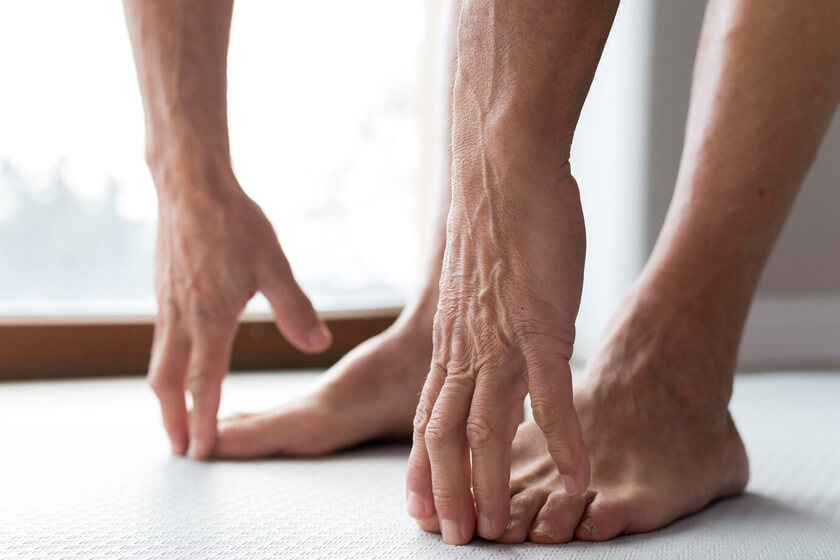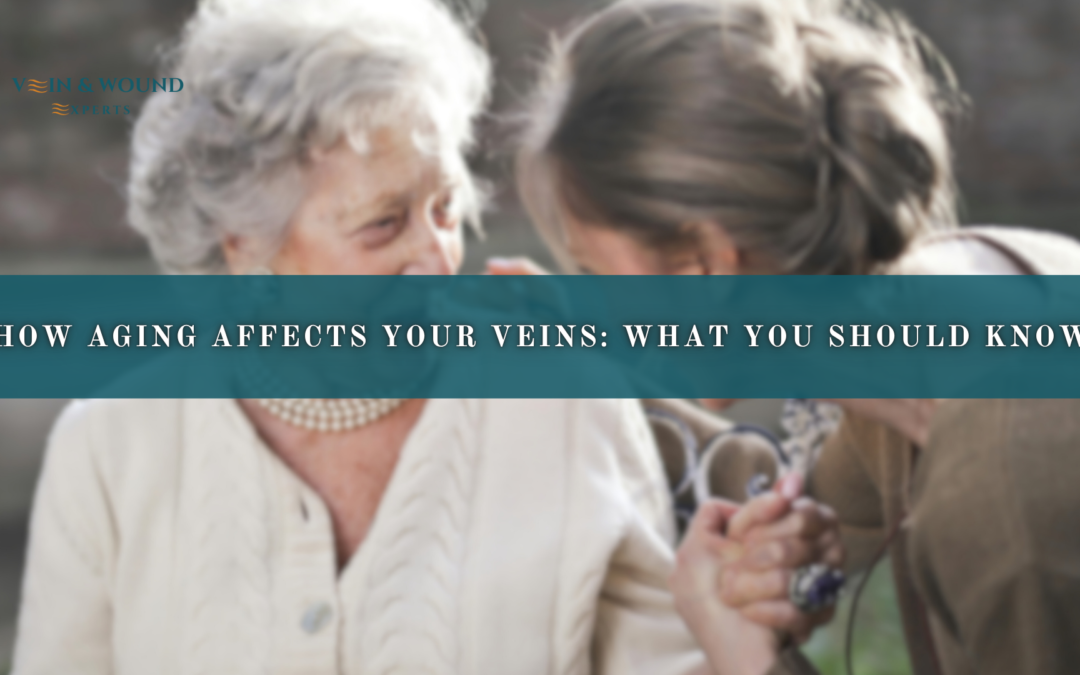Why Veins Change With Age 🧑🦳 — and How to Respond 💉

Aging is an inevitable part of life, and it brings with it a range of changes to our body, including our veins. As we grow older, our veins undergo transformations that can affect circulation and lead to several health complications. One of the most common problems associated with aging is the development of varicose veins. These enlarged and twisted veins can be uncomfortable and sometimes even painful, but understanding how aging impacts your veins can help you take the right steps for prevention and treatment.
How Aging Affects Your Veins
As we age, the walls of our veins lose some of their elasticity, which means they become less effective at moving blood back to the heart. Veins have one-way valves that prevent blood from flowing backward, but these valves can weaken over time. As a result, blood begins to pool in the veins, causing them to enlarge and twist. This process often leads to the formation of swollen veins.
The veins in your legs are particularly susceptible to these changes because they work against gravity to pump blood back up to the heart. This pressure, combined with the natural aging process, can increase the likelihood of developing twisted leg veins.
The Symptoms of Aging Veins

When veins begin to change, you may start noticing certain symptoms that signal the need for professional attention. These symptoms may include:
-
Swelling in the legs or ankles
-
Aching or throbbing pain, particularly after standing for long periods
-
Skin discoloration around the veins
-
Visible twisted veins that appear raised and twisted
-
A feeling of heaviness or fatigue in the legs
If you experience any of these symptoms, it’s important to consult with veins specialists who can assess your condition and recommend the appropriate treatment options. Early intervention can help prevent more severe complications from developing later on.
Common Age-Related Vein Issues
Aside from enlarged veins, other vein-related issues can also arise as we age. Some of the most common include:
-
Spider veins: These are smaller, web-like veins that appear near the surface of the skin. While not usually painful, they can be unsightly and are often considered a cosmetic issue.
-
Chronic venous insufficiency (CVI): This condition occurs when the veins are unable to pump blood effectively, leading to fluid buildup in the legs, swelling, and discomfort. It can sometimes lead to skin ulcers and other more serious problems.
-
Deep vein thrombosis (DVT): Although not as common, the risk of developing blood clots in the deep veins increases with age. DVT can be dangerous if a clot breaks loose and travels to the lungs, causing a pulmonary embolism.
Tips for Maintaining Healthy Veins as You Age
1. Stay Active 💪
Regular exercise helps improve circulation and strengthens the muscles that support your veins. Activities like walking, swimming, and cycling can be particularly beneficial for promoting healthy blood flow.
2. Elevate Your Legs 🦵
To reduce the pressure on your leg veins, take time to elevate your legs regularly. Propping them up on a cushion or resting them higher than your heart can help facilitate better circulation.
3. Maintain a Healthy Weight ⚖️
Excess weight can put added pressure on your veins, making them more likely to enlarge and become varicose. A balanced diet and regular exercise can help you maintain a healthy weight and reduce strain on your veins.
4. Avoid Prolonged Standing or Sitting 🪑
If you have a job or lifestyle that requires you to stand or sit for long periods, be sure to take breaks and move around frequently. Simple actions like stretching or walking can help encourage blood flow and prevent vein issues.
5. Wear Compression Stockings 🧦
Compression stockings can provide support to your veins, helping to reduce swelling and discomfort. These stockings apply gentle pressure to the legs, which can improve circulation and prevent blood from pooling in the veins.
6. Seek Professional Treatment 👨⚕️
If you notice venous varicosities or other symptoms related to vein health, it’s important to seek help from veins specialists. There are various varicose veins treatments available, from minimally invasive procedures to more advanced treatments like laser therapy or sclerotherapy. A consultation with a healthcare professional will help determine the best course of action based on your specific condition.
When to See a Specialist

If your symptoms persist or worsen, it’s important to consult a phlebologists. They will conduct a thorough evaluation and provide treatment recommendations tailored to your needs. Whether you require varicose veins treatment or treatment for other vein issues, seeking professional care early on can improve your overall health and quality of life.
The Bottom Line on Aging and Vein Health
As we age, our veins naturally change, but understanding these changes and taking proactive steps can help maintain vein health. From regular exercise to consulting with vascular doctors for treatment, there are many ways to support your circulatory system and prevent or manage age-related vein issues like varicose leg veins. By being mindful of your vein health and seeking timely treatment, you can continue to enjoy an active and healthy lifestyle well into your golden years.
Andy Scarifi
Position
